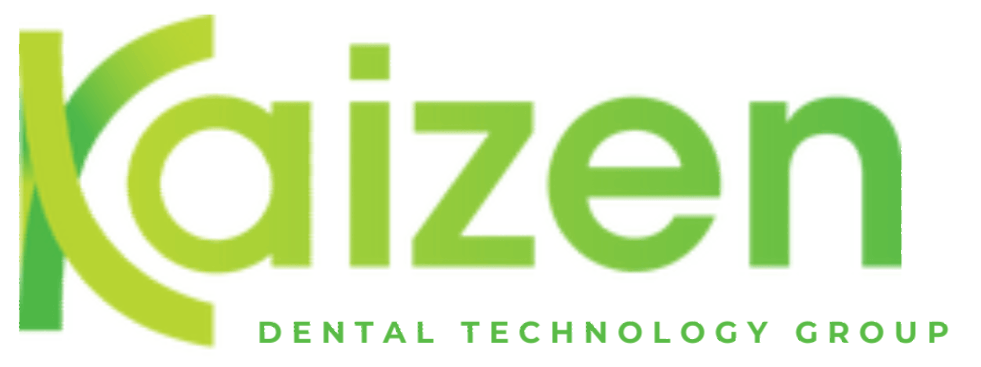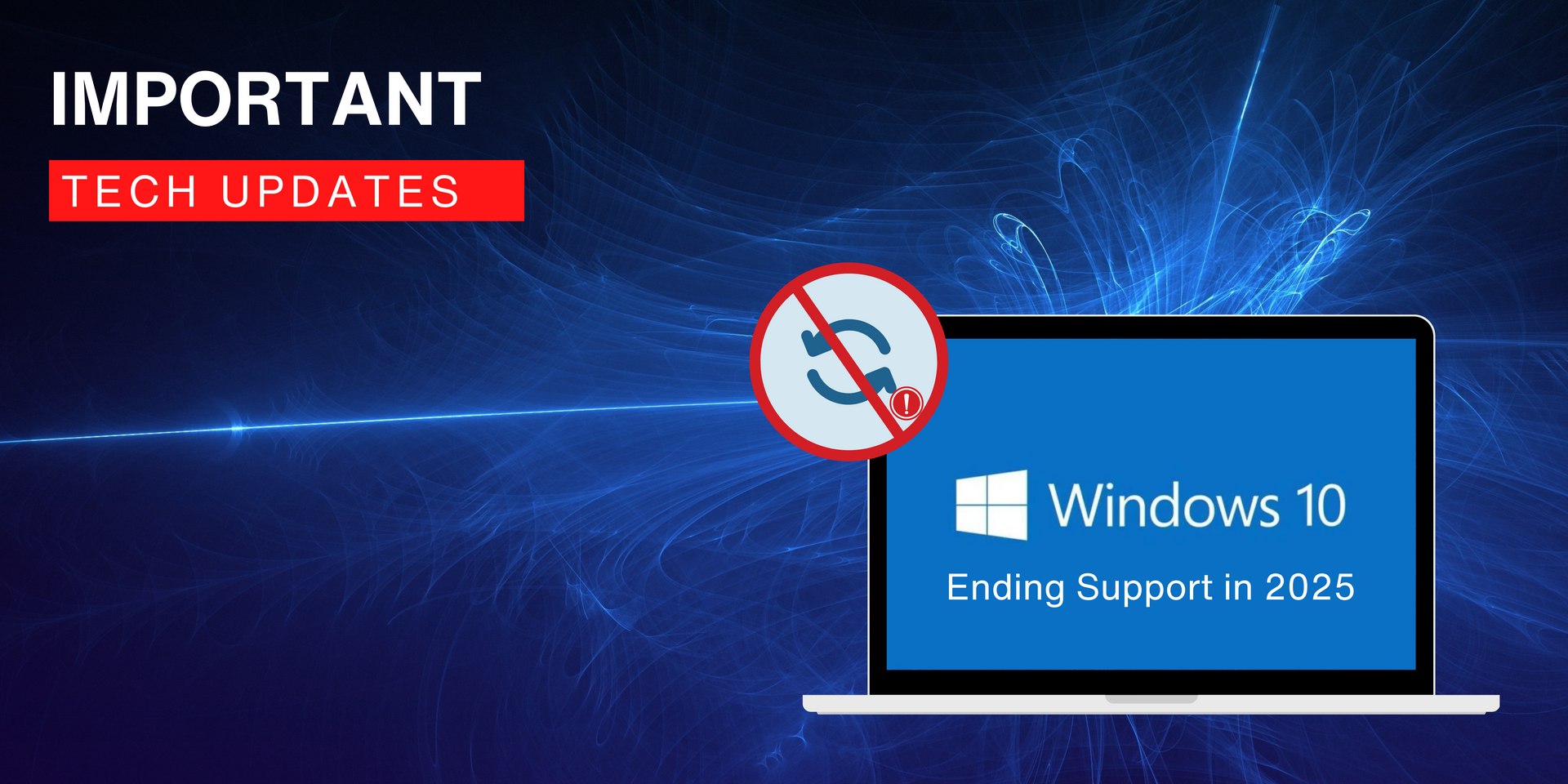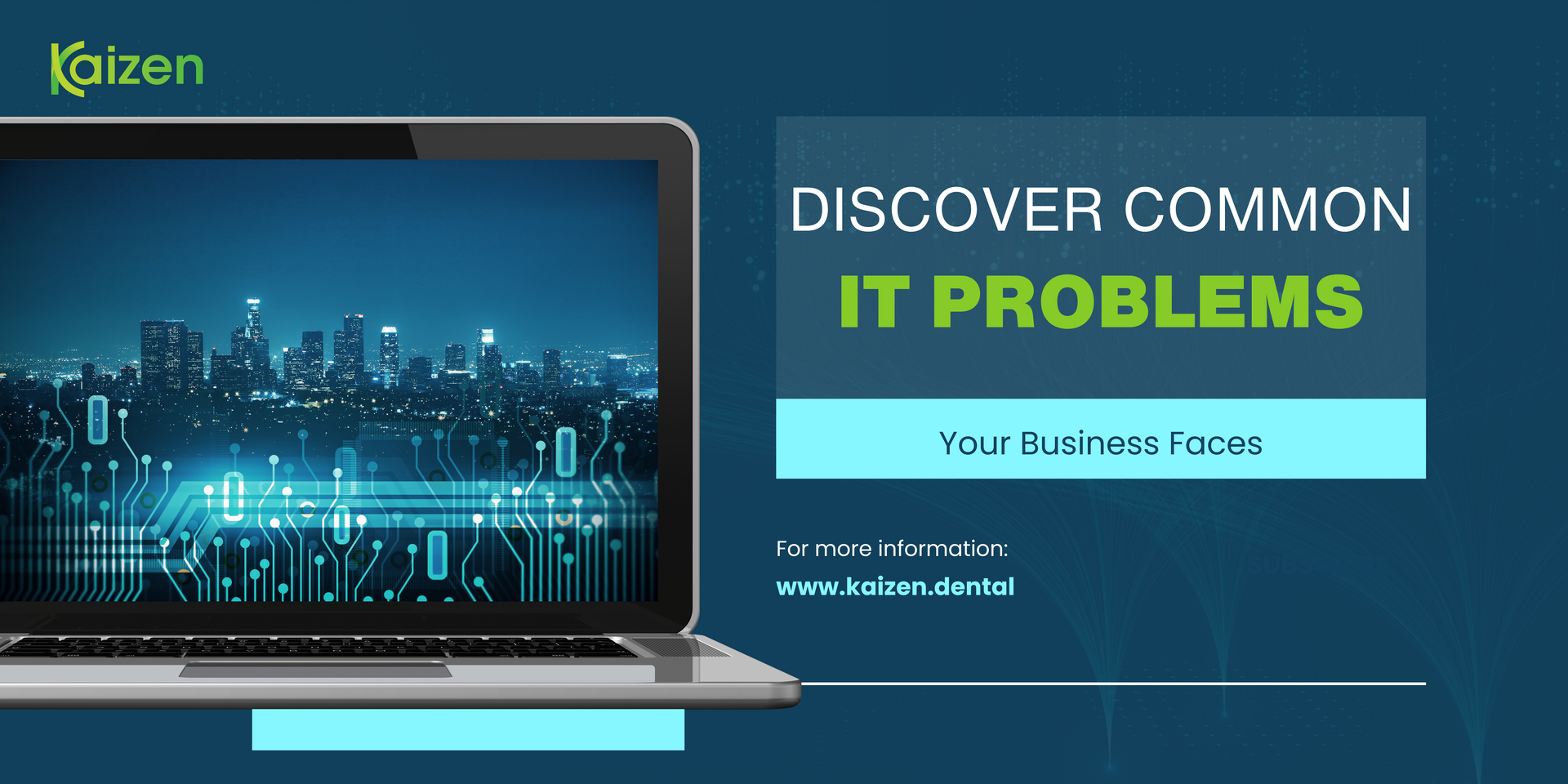The Ransomware Epidemic:
Navigating the Unrelenting Wave of Cyber Extortion
What is Ransomware and how are dental practices affected?
Ransomware is a type of malicious software (malware) that is specifically designed to restrict access to files on a computer system or network. It achieves this by encrypting the files, making them inaccessible to the user or dental practice that owns them.
The attackers behind ransomware demand a ransom payment from the victim in exchange for providing the decryption key to unlock the files.
The primary goal of ransomware is to extort money from individuals or organizations by exploiting their urgent need to regain access to critical files and data. In some cases, ransomware may also include additional capabilities, such as data theft, to further pressure victims into paying the ransom.
Over time, ransomware has emerged as one of the most pervasive and noticeable forms of malware. It has been responsible for high-profile attacks that disrupted essential services in hospitals, paralyzed public services in cities, and inflicted significant harm on various types of organizations.
Understanding the Emergence of Ransomware Attacks
The emergence of ransomware attacks can be attributed to various factors. The catalyst was the notable WannaCry outbreak in 2017, which shed light on the potential profitability of such attacks. This event served as a turning point, leading to the development and utilization of numerous ransomware variants in subsequent attacks.
Additionally, the COVID-19 pandemic played a significant role in the recent surge of ransomware incidents. With the rapid transition to remote work, organizations had to swiftly adapt their cybersecurity measures, inadvertently creating vulnerabilities in their systems. Cybercriminals wasted no time exploiting these security gaps, resulting in a sharp increase in ransomware attacks. Notably, during Q3 2020, ransomware incidents rose by 50% compared to the first half of that year.
Understanding the Mechanics of Ransomware
The functionality of ransomware revolves around a series of key steps that are crucial for its successful operation. Although specific details may vary across different ransomware variants, they all share a common framework consisting of three fundamental stages.
Step One: Infection
Ransomware employs various methods to infiltrate targeted systems, just like any other malware. However, ransomware operators tend to favor specific infection vectors.
Phishing emails constitute one prevalent vector. These deceptive emails may contain links to websites hosting malicious downloads or attachments with built-in downloader functionality. If the recipient falls victim to the phishing attempt, the ransomware is downloaded and executed on their computer.
Another popular infection vector exploits services such as the Remote Desktop Protocol (RDP). By obtaining or guessing an employee's login credentials, attackers can authenticate and remotely access computers within the dental practice's network. This access allows them to directly download and execute the malware on the compromised machine.
In addition, some ransomware variants attempt direct system infection, similar to the way WannaCry exploited the EternalBlue vulnerability. It's worth noting that most ransomware variants utilize multiple infection vectors to maximize their reach.
Step Two: Encryption
Once ransomware gains entry into a system, it initiates the process of encrypting files. Leveraging the encryption capabilities inherent in operating systems, the ransomware locates files, encrypts them using an encryption key controlled by the attacker, and replaces the original files with the encrypted versions.
To maintain system stability, most ransomware variants exercise caution when selecting files for encryption. Some variants may even take additional measures to delete backups and shadow copies, rendering recovery without the decryption key more challenging.
Step Three: Payment Demands
After completing the file encryption process, the ransomware proceeds to make a ransom demand. Various ransomware variants employ different methods for this stage, but commonly, the ransom note is displayed by changing the desktop background or by placing text files containing the ransom note in each encrypted directory.
Typically, these notes specify a predetermined amount of cryptocurrency that the victim must pay in exchange for access to their files. If the ransom is paid, the ransomware operator will provide either the private key used to protect the symmetric encryption key or the symmetric encryption key itself. This information can be used with a decryptor program, also provided by the cybercriminal, to reverse the encryption and restore access to the user's files.
While these three core steps are present in all ransomware variants, different implementations or additional steps may exist in specific ransomware strains. For instance, variants like Maze conduct file scanning, gather registry information and engage in data theft prior to encrypting the data. Similarly, WannaCry ransomware scans for vulnerable devices to infect and encrypt, expanding its impact.
Effective Measures to Safeguard Against Ransomware Attacks
Implementing robust protective measures can significantly mitigate the risks and consequences of a ransomware attack. By following the recommended strategies below, dental practices can reduce their vulnerability to ransomware and minimize its impact:
- Cyber Awareness Training and Education:
Phishing emails remain a primary method for spreading ransomware. Educating users on identifying and avoiding potential attacks is crucial. User training is considered one of the most vital defenses, as many cyber-attacks rely on socially-engineered messages to trick users into clicking malicious links.
- Continuous Data Backups:
Ransomware's core objective is to force victims to pay a ransom to regain access to encrypted data. Automated and well-protected data backups allow practices to recover with minimal data loss and without resorting to paying the ransom. Regularly backing up data is essential to prevent data loss and facilitate recovery from ransomware incidents.
- Patching:
Applying patches promptly is critical in defending against ransomware attacks. Cybercriminals often exploit vulnerabilities in unpatched systems. Thus, dental practices must ensure that all systems are up to date with the latest patches, reducing potential entry points for attackers.
- User Authentication:
Attackers frequently target remote services like Remote Desktop Protocol (RDP) using stolen user credentials. Implementing strong user authentication measures can make it harder for attackers to exploit guessed or stolen passwords.
- Reduce the Attack Surface:
Prevention is key in mitigating ransomware risks. By minimizing the attack surface, dental practices can reduce their exposure. Focus on addressing areas such as phishing messages, unpatched vulnerabilities, remote access solutions, and potential mobile malware threats.
- Deploy Anti-Ransomware Solutions:
Anti-ransomware solutions are specifically designed to detect and counteract the unique characteristics of ransomware. Look for solutions that offer wide variant detection, fast detection capabilities, automatic restoration mechanisms, and restoration methods that are not reliant on commonly targeted built-in tools like 'Shadow Copy.'
By implementing these proactive measures, dental practices can strengthen their defenses against ransomware attacks, safeguard their critical data, and minimize the potential impact of such incidents. At Kaizen Dental Technology Group, we provide advanced security including firewalls, ransomware and cyber security protection and other standards in HIPAA required security for your practice.
Schedule a call today with our CEO, Jason, and enjoy the peace of mind of knowing that your practice is protected and safe.









